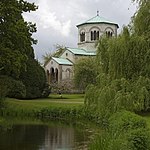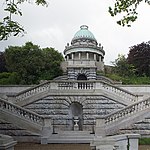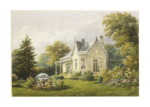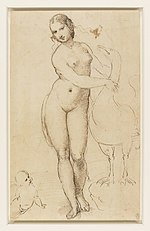Indian Kiosk, Frogmore
Buildings and structures in Windsor Great ParkGrade II listed monuments and memorialsHome Park, WindsorIndian architectural historyMonuments and memorials in Berkshire
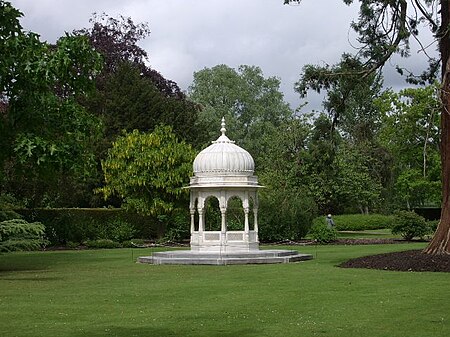
The Indian Kiosk is located at Frogmore, in the Home Park of Windsor Castle, in Berkshire, England. The kiosk comes from India and was originally designed for the Qaisar Bagh, a palace complex in the city of Lucknow. The palace was looted by British soldiers following the suppression of the Indian Rebellion of 1857 and the kiosk was brought to England by Charles Canning, Governor-General of India, and presented to Queen Victoria. The Queen sited it in her private gardens at Frogmore, near the mausoleum to her mother. It is a Grade II listed structure.
Excerpt from the Wikipedia article Indian Kiosk, Frogmore (License: CC BY-SA 3.0, Authors, Images).Indian Kiosk, Frogmore
Frogmore Drive,
Geographical coordinates (GPS) Address Nearby Places Show on map
Geographical coordinates (GPS)
| Latitude | Longitude |
|---|---|
| N 51.4758 ° | E -0.5976 ° |
Address
Frogmore Drive
SL4 2JG
England, United Kingdom
Open on Google Maps


